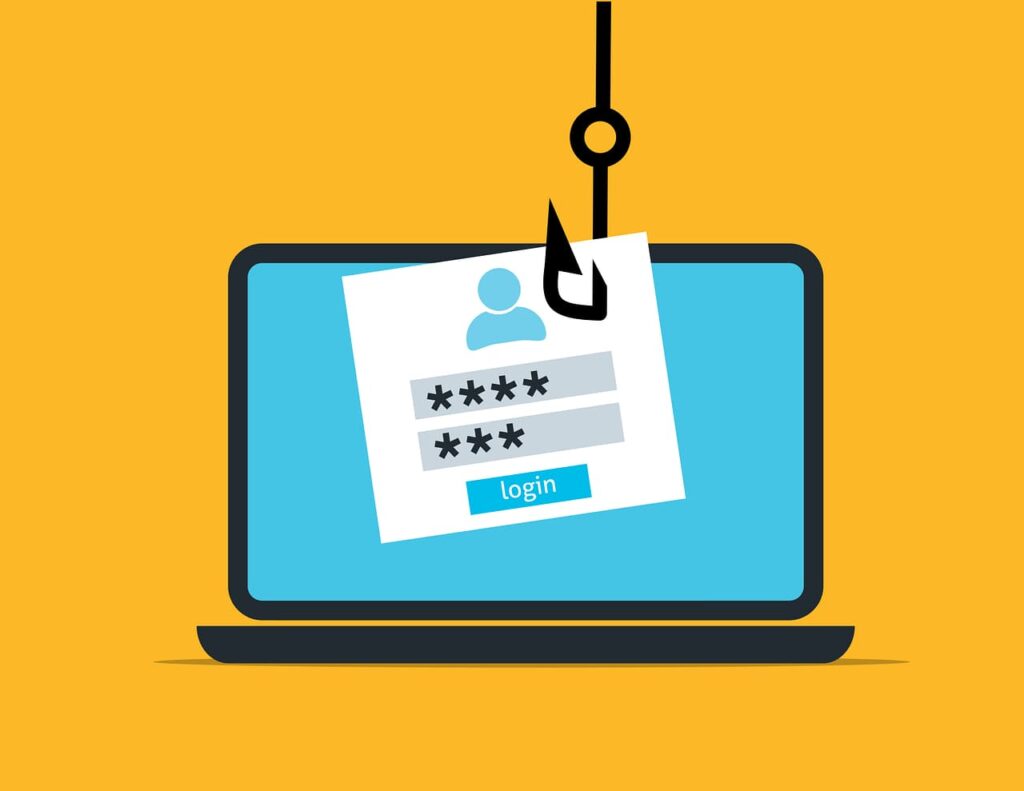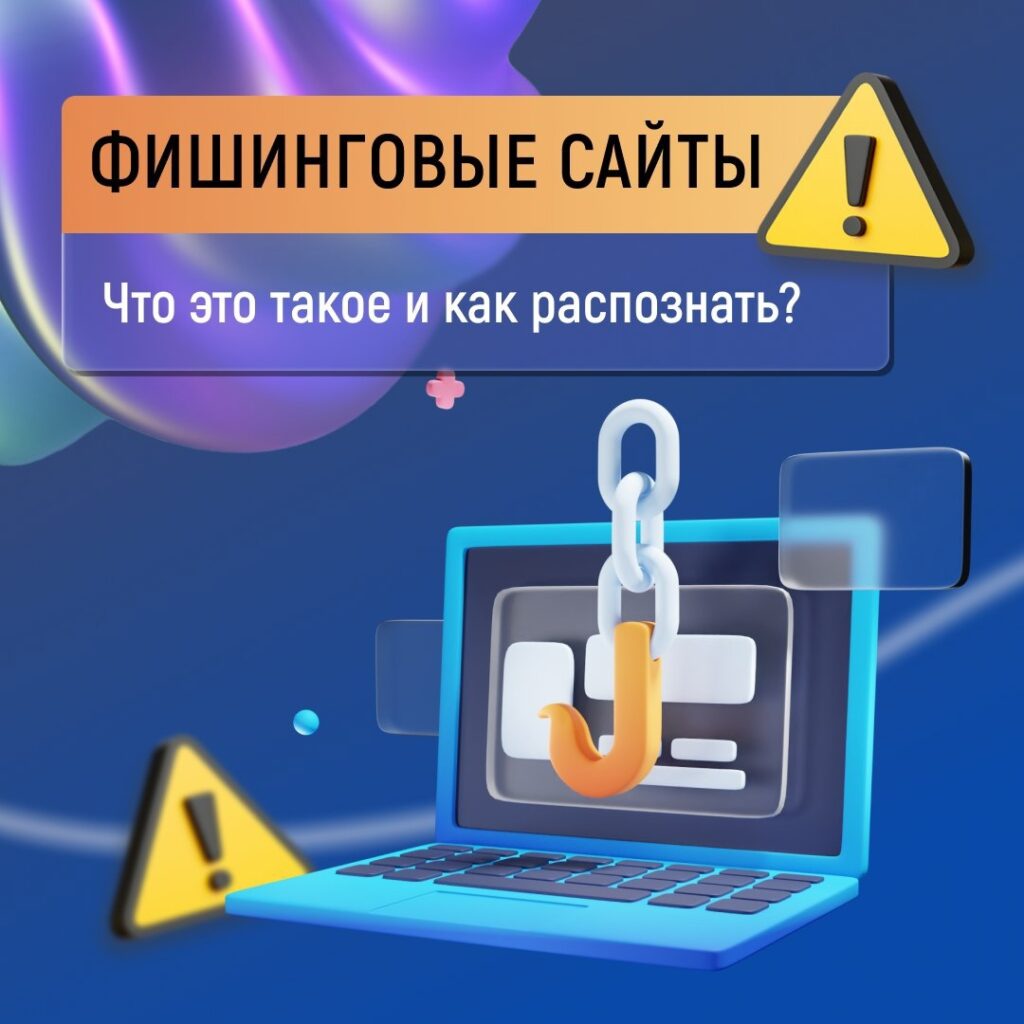A phishing site is a fake. It looks real, but it's designed to deceive, not to help. Most often, they copy banks, stores, delivery services, mail, government services. Anything that is familiar to people and inspires trust.
The goal is to make you enter your data. Login, password, card number, SMS code – all of this goes directly to the scammers. They immediately gain access and can log in to the real account or transfer money.
Such sites appear quickly. One is taken down, and another is launched immediately. Links are sent in emails, messengers, pop-ups. Users click and end up on the fake. Visually, a phishing site looks identical to the real one. There are almost no differences if you don't look closely. Scammers are constantly improving their methods. They study how real sites look to make the fake as convincing as possible.
How a Victim Ends Up on Such a Site
Scammers operate simply. They send an email or message stating something urgent. For example, “an attempt to log in to your account,” “confirm the operation,” “you have been credited with bonuses.” Below is a link. It leads to the phishing site.
At first glance, everything looks familiar. The same logo, the same design. But the site is not real. Its goal is to extract data. A person enters a password or card number and gives away everything needed. Meanwhile, the attackers are already preparing to withdraw money or log into the personal account.

Sometimes the deception works deeper. Malicious code can be embedded, collecting information on its own. Even if you don't enter anything, the site can steal something. Therefore, any strange email is a reason not to rush and click.
The deception can also be in the address. For example, adding an extra letter or using similar characters. The victim doesn't notice that the site is not the same and falls into the trap. Sometimes scammers create sites with similar names so people don't notice the catch. They play on inattention and haste to gain access to data.
How Not to Fall for a Fake
Fake sites can be recognized. You just need to be attentive. Some signs are immediately visible if you don't rush. A simple security check of a site helps especially – this can be done right in the browser in a couple of seconds.
It's worth paying attention to the fact that often the site's address contains strange letters or extra symbols. There's no lock icon in the line, the address starts with http instead of https. There might be errors on the site, awkward buttons, poor translation. Sometimes they ask to enter everything at once – login, code, passport. This is abnormal.

The login form may appear too quickly. Or, on the contrary, it doesn't work. Even if the site looks familiar, it's better to check if the address is spelled correctly. And it's even better to open the site manually through a search engine.
If there's any doubt – close the page. It's common caution. Now internet fraud has become so widespread that it's better to double-check than to give away your data. Besides, it's useful to keep an eye on browser updates – new versions often add features to warn about phishing sites.
What Helps Protect
The internet is convenient, but also dangerous. To not accidentally give away your data, it's better to immediately develop simple habits. Protecting an account is not difficult if you know what to do. Here's what really helps:
- visit sites manually, not through a link in an email;
- don't open anything if the message says “urgent” or “confirm”;
- check if there's a lock icon in the site's address;
- enable two-factor protection;
- don't download anything unclear from messengers;
- update antivirus and system to block harmful sites.

These steps are simple but reliable. They don't require special knowledge. And they do what is needed – protect the data. Especially now when fake sites have become a common thing. Besides, it is recommended to use strong passwords and not use the same data for different sites. If the password falls into the hands of scammers, it should be changed immediately.
Why Phones Are Not Safer
Phones are no safer than computers. On the contrary, they are easier to deceive. A phishing site opened on a smartphone almost always looks normal. Because the screen is small, the address is not fully visible, and everything seems familiar.
Often on phones, users don't even look at the address bar. They just follow the link, see familiar colors, logo, and think everything is fine. But that's exactly what scammers count on.

It can be worse – fake apps are installed. They ask for access to everything. Photos, messages, contacts. And all of that then goes who knows where. To avoid this, apps should only be downloaded from official stores. No apk files from chats or SMS. For protecting an account on the phone, it's also important to enable two-step verification. Disable auto-installation of files. And generally, don't install anything that raises doubts.
